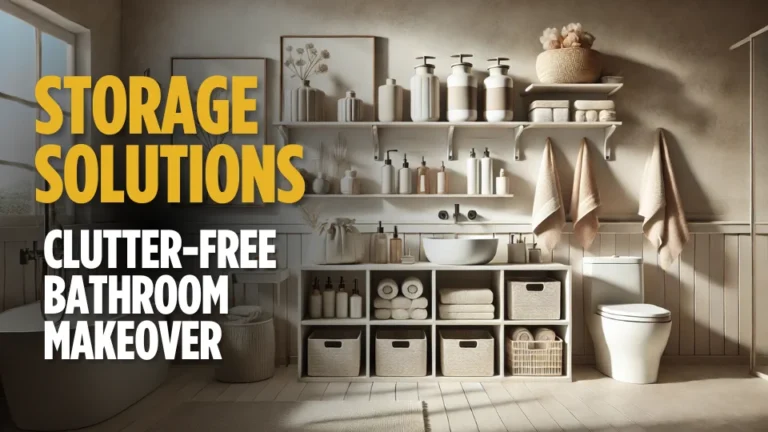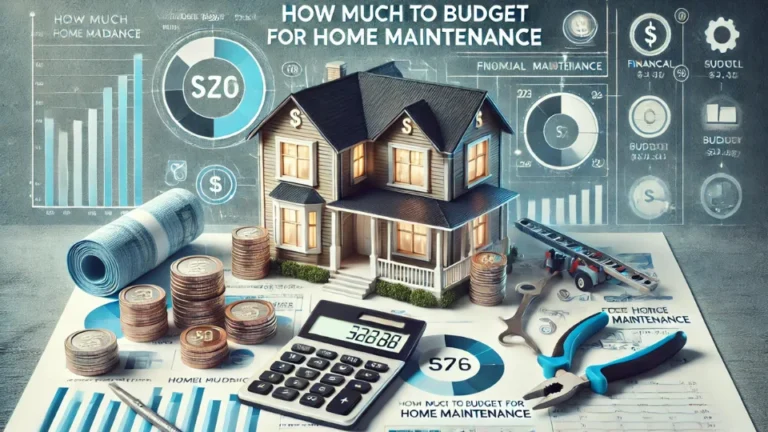10 Home Remodel Tips for a Successful Upgrade

Renovating your home is exciting but also challenging. A well-planned remodel can enhance comfort, boost property value, and improve functionality. However, without proper guidance, things can quickly become stressful. To help you, here are ten essential tips for a successful home renovation.
1. Plan Ahead

Define Your Goals
Before starting, determine what you want to achieve. Are you updating aesthetics, improving functionality, or increasing space? A clear goal helps shape the entire project.
Set a Budget
Renovations can be expensive. List all costs, including materials, labor, permits, and unexpected expenses. Always set aside at least 10–20% of your budget for unforeseen costs.
2. Hire the Right Professionals

Research Contractors
A good contractor makes a huge difference. Read reviews, check portfolios, and ask for references. Interview multiple contractors before making a decision.
Get Everything in Writing
A written contract should cover timelines, costs, materials, and responsibilities. This prevents misunderstandings later.
3. Obtain Necessary Permits

Know Your Local Regulations
Building codes vary by location. Contact your local authorities to learn what permits you need.
Avoid Legal Issues
Skipping permits can lead to fines, delays, or even the need to undo completed work. Always ensure compliance before starting.
4. Prioritize Structural Repairs First

Fix Critical Issues
Structural problems, such as roof leaks, foundation cracks, or faulty wiring, should be addressed before cosmetic changes.
Ensure Safety
Ignoring structural issues can lead to bigger, costlier problems later. Prioritize safety and durability.
5. Choose Quality Materials

Think Long-Term
Invest in high-quality materials that last longer and require less maintenance. Cheaper alternatives might save money upfront but can cost more in the long run.
Compare Options
Research different materials for durability, aesthetics, and price. Opt for materials that offer the best value rather than just the lowest cost.
6. Stick to a Realistic Timeline

Plan for Delays
Even the best-planned projects face setbacks. Weather, material shortages, or contractor schedules can cause delays. Be prepared.
Avoid Rushing
Trying to complete a renovation too quickly can lead to mistakes. Allow enough time for quality work and inspections.
7. Maximize Space Efficiency

Smart Layout Planning
If you’re remodeling a kitchen or bathroom, plan the layout for maximum efficiency. Consider storage solutions, lighting, and accessibility.
Use Multi-Functional Furniture
For smaller homes, invest in space-saving furniture like foldable tables, hidden storage, or modular shelving.
8. Enhance Energy Efficiency

Upgrade Insulation
Good insulation reduces heating and cooling costs. Consider upgrading your walls, attic, and windows.
Choose Energy-Efficient Appliances
Modern appliances use less energy and lower utility bills. Look for Energy Star-rated products.
9. Focus on Aesthetics and Functionality

Balance Beauty with Usefulness
Choose designs that look good but also serve practical purposes. Open floor plans, neutral colors, and smart storage solutions work well.
Personalize Without Overdoing It
Trendy designs may become outdated quickly. Opt for classic styles with subtle personal touches.
10. Prepare for Living Disruptions

Temporary Living Arrangements
If major work is being done, you might need to stay elsewhere temporarily. Plan accordingly.
Minimize Daily Hassles
If staying home during renovations, set up a temporary kitchen or living space. Keep dust and noise to a minimum where possible.
FAQs
1. How much should I budget for a home renovation?
Budgets vary based on the project scope. However, experts suggest setting aside 10–20% of your home’s value for a full remodel.
2. What are the most common renovation mistakes?
Common mistakes include underestimating costs, hiring the wrong contractors, skipping permits, and not planning for delays.
3. How long does a typical home renovation take?
The timeline depends on the project size. Small renovations take weeks, while large remodels can take months.
4. Should I move out during renovations?
If the remodel is extensive (e.g., kitchen or full-house remodel), moving out can reduce stress. However, for minor projects, staying home is manageable.
5. Can I DIY parts of the renovation to save money?
Yes, but only if you have the necessary skills. Simple tasks like painting or installing fixtures can be DIY, but structural changes should be handled by professionals.
Conclusion
A successful home renovation requires careful planning, smart budgeting, and the right professionals. By following these ten tips, you can minimize stress and maximize results. Whether you’re updating a single room or overhauling your entire house, these strategies will help you achieve your dream home efficiently and effectively.






